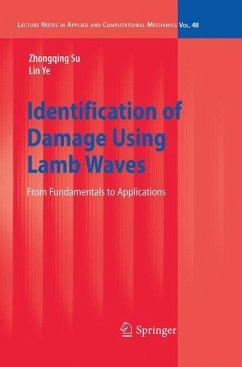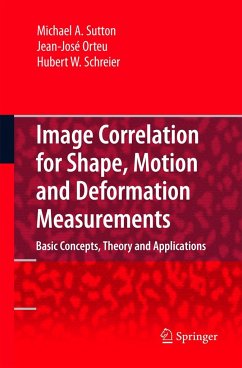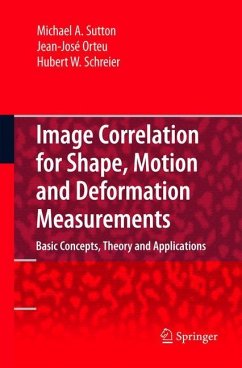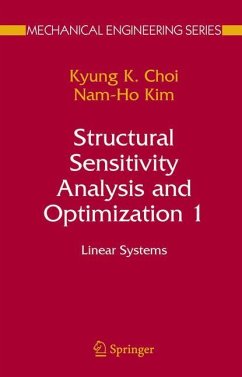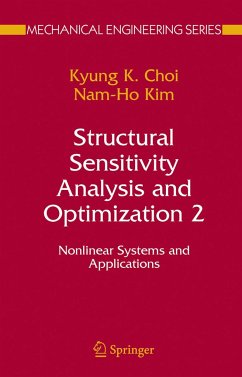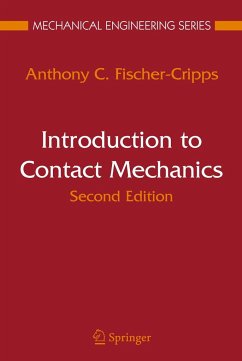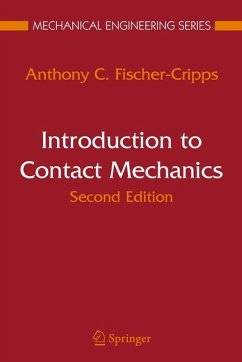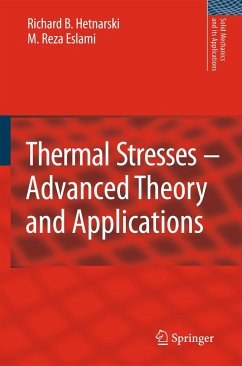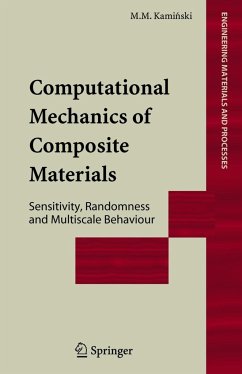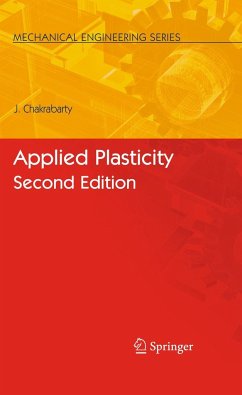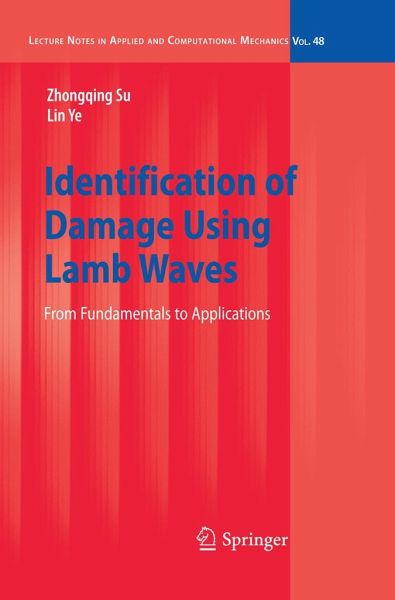
Identification of Damage Using Lamb Waves
From Fundamentals to Applications
Versandkostenfrei!
Versandfertig in 6-10 Tagen
151,99 €
inkl. MwSt.
Weitere Ausgaben:

PAYBACK Punkte
76 °P sammeln!
This book provides vital know-how for developing Lamb-wave-based damage identification techniques, addressing fundamentals such as the mechanisms of Lamb wave activation, propagation and acquisition, the selection of transducers and design of active sensor networks, and the development of signal processing for de-noising, compression and feature extraction in different time domains. It provides descriptions of signal fusion algorithms for the quantitative determination of damage parameters. Additional topics include: finite element modelling and experimental techniques for Lamb waves; active sensor network technology using various agents, e.g., piezoelectric actuator/sensor and fibre Bragg grating sensor; identification algorithms based on fusion of extracted signal features; software-hardware systems for implementation of Lamb-wave-based damage identification including Lamb wave signal generation, acquisition and processing; and representative case studies and diverse engineering applications.
Lamb waves are guided waves that propagate in thin plate or shell structures. There has been a clear increase of interest in using Lamb waves for identifying structural damage, entailing intensive research and development in this field over the past two decades. Now on the verge of maturity for diverse engineering applications, this emerging technique serves as an encouraging candidate for facilitating continuous and automated surveillance of the integrity of engineering structures in a cost-effective manner. In comparison with conventional nondestructive evaluation techniques such as ultrasonic scanning and radiography which have been well developed over half a century, damage identification using Lamb waves is in a stage of burgeoning development, presenting a number of technical challenges in application that need to be addressed and circumvented. It is these two aspects that have encouraged us to write this book, with the intention of consolidating the knowledge and know-how in the field of Lamb-wave-based damage identification, and of promoting widespread attention to mature application of this technique in the practical engineering sphere. This book provides a comprehensive description of key facets of damage identification technique using Lamb waves, based on the authors' knowledge, comprehension and experience, ranging from fundamental theory through case studies to engineering applications.



